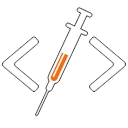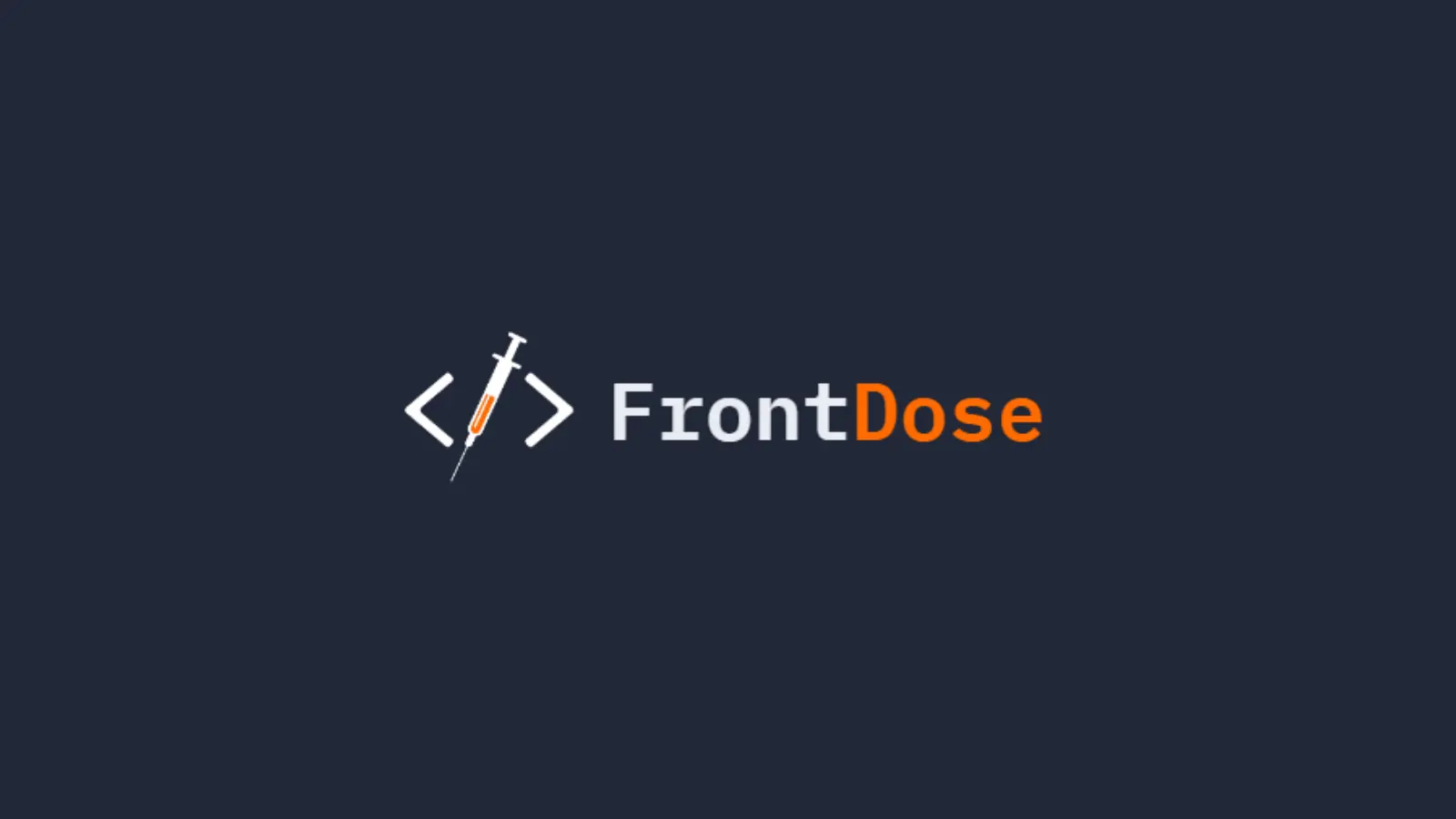Frontend Code Essentials: Writing Clean, Maintainable & Performant Code
In frontend development, the quality of your code directly impacts the maintainability, performance, and user experience of your application. Writing clean, maintainable, and performant code ensures that your projects are easy to understand, extend, and debug. This guide outlines essential practices for crafting high-quality frontend code.
1. Use Semantic HTML and Meaningful Naming Conventions
Semantic HTML
Semantic HTML elements improve accessibility, SEO, and readability. Use elements like <header>, <footer>, <section>, and <article> to structure your content meaningfully.
Example:
<!-- Bad: Non-semantic elements -->
<div class="header">
<div class="title">My Blog</div>
</div>
<!-- Good: Semantic elements -->
<header>
<h1>My Blog</h1>
</header>Follow Naming Conventions
Consistent naming conventions make your code more readable and easier to navigate. Use CamelCase for variables and methods, PascalCase for component names, and UPPERCASE_WITH_UNDERSCORES for constants.
Example:
// Bad: Inconsistent naming
const userprofile = () => {};
const Userprofile = () => {};
// Good: Consistent naming
const UserProfile = () => {};Write Meaningful Names
Ensure variable and function names clearly describe their purpose. Avoid single-letter names, and opt for descriptive identifiers that convey intent.
Example:
// Bad: Non-descriptive name
let x = 10;
// Good: Descriptive name
let userCount = 10;2. Keep Components Small and Focused
Modular Components
Break down your UI into small, reusable components that each have a single responsibility. This modular approach simplifies testing, debugging, and reusability.
Example:
// Bad: Monolithic component
function UserProfile({ user }) {
return (
<div>
<img src={user.avatar} alt={user.name} />
<h1>{user.name}</h1>
<p>{user.bio}</p>
<button>Follow</button>
</div>
);
}
// Good: Modular components
function Avatar({ src, alt }) {
return <img src={src} alt={alt} />;
}
function UserName({ name }) {
return <h1>{name}</h1>;
}
function UserBio({ bio }) {
return <p>{bio}</p>;
}
function FollowButton() {
return <button>Follow</button>;
}
function UserProfile({ user }) {
return (
<div>
<Avatar src={user.avatar} alt={user.name} />
<UserName name={user.name} />
<UserBio bio={user.bio} />
<FollowButton />
</div>
);
}3. Optimize Performance
Minimize Repaints and Reflows
Repaints and reflows can slow down your web pages. Use transform and opacity for animations, which don’t trigger reflows, to ensure smoother transitions.
Example:
/* Bad: Causes reflow */
.element {
width: 100px;
transition: width 0.5s ease;
}
/* Good: Uses transform for better performance */
.element {
transform: scaleX(1.5);
transition: transform 0.5s ease;
}Lazy Load Images and Components
Lazy loading reduces initial load time by deferring the loading of off-screen images and components until they’re needed.
Example:
// Lazy loading an image in React
import { lazy, Suspense } from "react";
const LazyImage = lazy(() => import("./ImageComponent"));
function App() {
return (
<Suspense fallback={<div>Loading...</div>}>
<LazyImage src="image.jpg" alt="Lazy loaded image" />
</Suspense>
);
}4. Write DRY and Reusable Code
Avoid Inline Styles
Inline styles make your code harder to manage and can lead to duplication. Use CSS classes or styled components instead for better reusability and maintainability.
Example:
// Bad: Inline styles
<div style={{ color: 'blue', fontSize: '18px' }}>Hello, World!</div>
// Good: Reusable class or styled-component
<div className="greeting">Hello, World!</div>
<style>
.greeting {
color: blue;
font-size: 18px;
}
</style>Create Utility Functions
Extract repetitive code into utility functions to promote reusability and reduce duplication. This makes your codebase cleaner and more maintainable.
Example:
// Utility function for formatting dates
function formatDate(date) {
return new Intl.DateTimeFormat("en-US").format(new Date(date));
}
// Reusing the utility function
function EventDate({ date }) {
return <span>{formatDate(date)}</span>;
}5. Implement Responsive Design
Mobile-First Approach
Start your designs with mobile in mind, then scale up for larger screens. This approach ensures that your site is accessible and performs well on all devices.
Example:
/* Mobile-first styles */
.container {
width: 100%;
padding: 10px;
}
/* Styles for larger screens */
@media (min-width: 768px) {
.container {
width: 50%;
padding: 20px;
}
}Use Flexbox and Grid
Utilize Flexbox and CSS Grid for creating flexible and responsive layouts with less code, enabling you to build complex designs efficiently.
Example:
/* Flexbox layout */
.navbar {
display: flex;
justify-content: space-between;
}
.menu {
display: flex;
gap: 15px;
}6. Ensure Cross-Browser Compatibility
Use Feature Detection
Rather than relying on browser detection, use feature detection to handle differences in browser capabilities, ensuring broader compatibility.
Example:
if ("IntersectionObserver" in window) {
// Use IntersectionObserver for lazy loading
} else {
// Fallback for older browsers
}Test Across Browsers
Regularly test your application across different browsers and devices to ensure consistent behavior and a uniform user experience.
7. Keep Dependencies Lightweight and Updated
Optimize Bundle Size
Analyze and minimize your bundle size using tools like Webpack or Rollup. Implement tree-shaking and code splitting to eliminate unused code and improve load times.
Example:
# Analyze bundle size with Webpack
npm run build -- --analyzeUpdate Dependencies Regularly
Outdated dependencies can introduce security vulnerabilities and performance issues. Keep your dependencies up to date and remove any that are no longer needed.
Example:
# Check for outdated packages
npm outdated
# Update packages
npm update8. Version Control and Documentation
Use Git Effectively
Follow best practices for version control: commit frequently with meaningful messages, use branches for feature development, and create pull requests to ensure code quality.
Example:
# Create a new feature branch
git checkout -b feature/add-new-component
# Commit changes with a descriptive message
git commit -m "Add new responsive navbar component"Document Your Code
Document your code where necessary, especially for complex logic or uncommon patterns. Ensure that README files are up to date and provide clear setup instructions.
Example:
// Explaining a complex calculation
function calculateDiscountedPrice(price, discount) {
// Apply a percentage discount
return price - (price * discount) / 100;
}9. Adhere to the Single Responsibility Principle
Keep Methods Short and Focused
Methods should perform a single action. If a method is too long or handles multiple tasks, refactor it into smaller, focused methods. This makes your code easier to test, maintain, and understand.
Example:
// Bad: Method doing multiple things
function processOrder(order) {
validateOrder(order);
applyDiscount(order);
calculateTotal(order);
}
// Good: Single responsibility methods
function validateOrder(order) {
// Validation logic
}
function applyDiscount(order) {
// Discount logic
}
function calculateTotal(order) {
// Total calculation logic
}10. Avoid Code Duplication
Reuse and Refactor
If you notice similar code blocks across your project, refactor the shared logic into a reusable function or component. This reduces redundancy and makes future updates easier.
Example:
// Bad: Duplicated code in different components
function Header() {
return <h1>Welcome to My Site</h1>;
}
function Footer() {
return <h1>Welcome to My Site</h1>;
}
// Good: Reusable component
function PageTitle({ title }) {
return <h1>{title}</h1>;
}
function Header() {
return <PageTitle title="Welcome to My Site" />;
}
function Footer() {
return <PageTitle title="Welcome to My Site" />;
}Conclusion
Writing clean, maintainable, and performant frontend code is crucial for the long-term success of any web project. By following these best practices, you’ll be well-equipped to create applications that are robust, scalable, and easy to maintain.
Code with passion, create with purpose!

